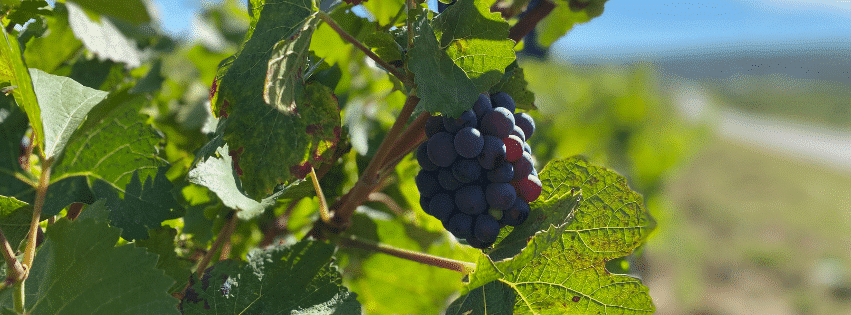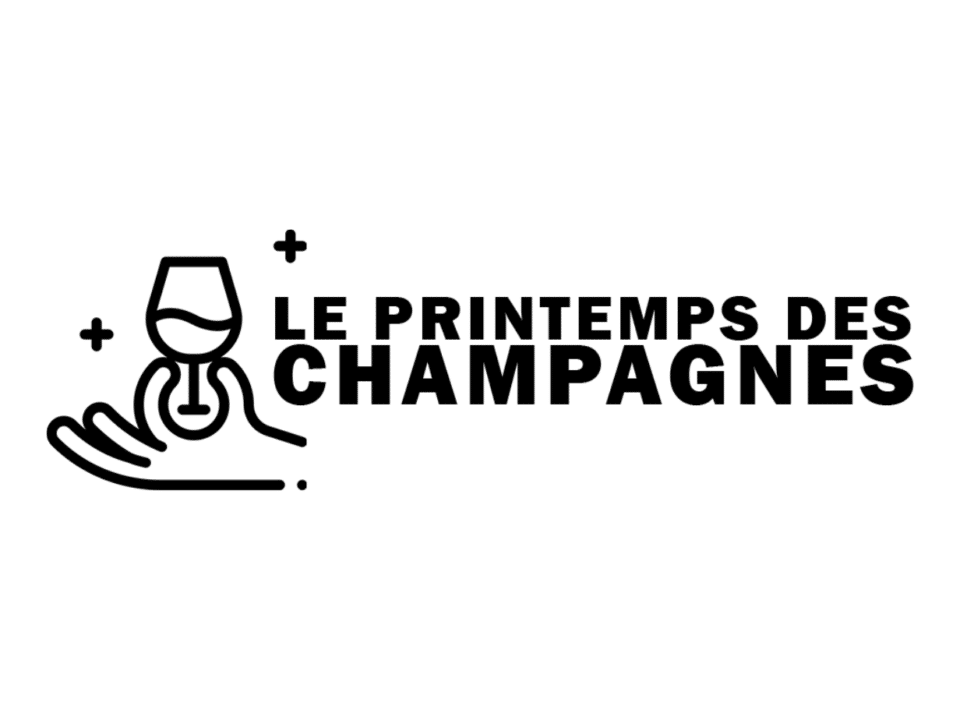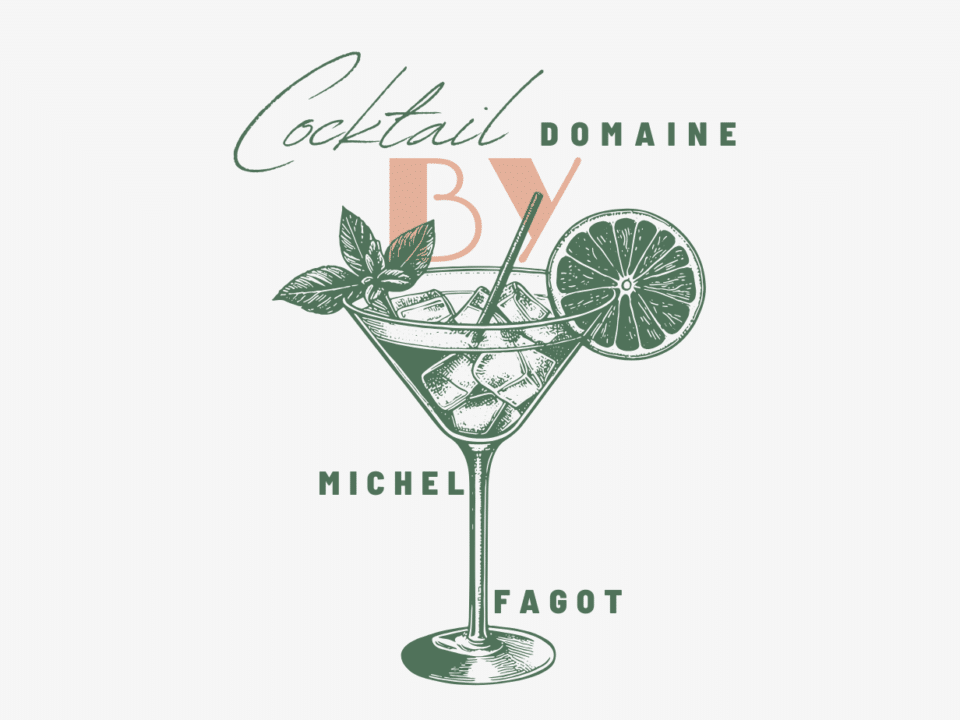
HARVEST PREPARATION
Preparing the harvest is a crucial stage in the wine-growing cycle, as it ensures the quality of the grapes harvested and, consequently, of the wine produced and of Champagne.
Here are the main stages of preparation:

CONTROL OF GRAPE MATURITY
Winegrowers carefully supervise the ripening of the grapes to determine the optimum moment for harvesting. They measure the sugar, acidity and tannin levels in the berries. Samples are taken and analysed regularly.

CLEANING AND MAINTENANCE OF EQUIPMENT
Before the harvest begins, all the equipment used for harvesting, such as scissors, buckets and presses, needs to be cleaned and checked to ensure that it is in good working order. This also includes the vehicles used to transport the grapes and the fermentation tanks.

VINEYARD PREPARATION
The vines and their rows have to be cleared to make access easier for the pickers. The vines are trimmed with shears to expose the bunches of grapes and make harvesting easier and quicker, but we retain some foliage to protect them from the weather and the sun and preserve ripeness and quality.

ORGANISATION OF HARVESTING TEAMS
The workers needed to harvest the grapes must be recruited and trained if necessary. Harvesting in Champagne must be carried out by hand.

THE PICKING PATH
Harvesting grapes requires careful planning to avoid any delays that could affect the quality of the grapes. This includes planning grape transport routes to the winery, managing team schedules and coordinating with grape processing facilities.
These preparatory stages ensure that the harvest is carried out efficiently and that the grapes are harvested and processed in the best possible conditions, guaranteeing the quality of the wine produced.
EVALUATION AND CONTROL OF MATURITY
In Champagne, assessing and checking the ripeness of the grapes before harvesting is a particularly rigorous process, given the specific nature and reputation of the wines produced in this region. Here are the steps and methods used to assess grape maturity in Champagne:
CHAMPAGNE MATURITY CRITERIA :
Technological maturity
SUGAR
REFRACTOMETRY
ACIDITY
PH
The sugar content of the grapes is measured to estimate the alcoholic potential. The desired sugar level is generally lower than for other wines, as Champagne undergoes a second fermentation in the bottle.
Acidity is a crucial criterion in Champagne. It must be high enough to balance the wine and enable it to keep well. It is measured by titration.
The pH influences the freshness and stability of the wine. A pH of between 2.9 and 3.1 is often sought for Champagne wines.



Maturity Phenolic
PHENOLIC COMPOUNDS
The presence of tannins and anthocyanins is less critical in Champagne, especially for white wines, but remains a monitored factor for rosé wines and certain special cuvées.

Aromas Maturity
AROMATIC PROFILE
Tasting grapes allows us to assess the aromas that develop as the berries ripen, as well as the sugar and acidity levels and the tannins.
In Champagne, we look for fresh, fruity and floral aromas when tasting the berries, rather than aromas that are too ripe, candied or sweet.
We bite into the grape seeds to find out how ripe the grapes are in terms of tannin.

CHAMPAGNE VALUATION METHODS
RIGOROUS SAMPLING
NETWORK OF REFERENCE PLOTS
SYSTEMATIC SAMPLING
Champagne has a network of reference plots spread throughout the appellation. These plots are closely monitored to provide data that is representative of the region.
Bunch samples are taken regularly from these reference plots. This makes it possible to monitor the development of ripeness accurately and systematically.
LABORATORY ANALYSES
ANALYTICAL FOLLOW-UP
INSPECTION BY THE COMITÉ INTERPROFESSIONNEL DU VIN DE CHAMPAGNE (CIVC)
The samples are analysed in laboratories to measure sugar levels, total acidity and pH. These analyses enable us to predict the development of ripeness and determine the optimum time for harvesting.
The CIVC plays a central role in coordinating sampling and analysis, and providing recommendations on the harvest calendar.
CHAMPAGNE HARVEST DECISION
DATA SUMMARY
COLLABORATION AND COOPERATION
DÉCLARATION DE LA DATE DES VENDANGES
Winegrowers, cooperatives and Champagne houses work closely with the CIVC. Analytical data and field observations are shared to make informed decisions.
The CIVC officially sets the start date of the harvest for each village and plot, based on the ripeness data collected. This date may vary slightly depending on the specific conditions of each plot.
LOGISTICS PLANNING
RIGOROUS ORGANISATION
Once the dates have been set, the winegrowers plan the logistics of the harvest, including labour, equipment and transport of the grapes to the presses. The speed and efficiency of the harvest are crucial to preserving the quality of the grapes.
Assessing and monitoring the ripeness of grapes in Champagne is a highly organised and rigorous process, involving precise analysis and close coordination between the various players in the region. This approach ensures that the grapes are harvested at their best level of ripeness, guaranteeing the production of high-quality Champagne wines that meet the standards of this prestigious appellation.








